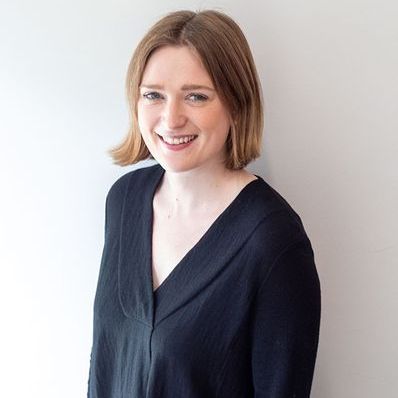Event round-up: Future spectrum demand for rail
The UK Spectrum Policy Forum held its first Cluster meeting of 2022 end of March. It explored the spectrum and technology possibilities for the future passenger and operational communications of the rail sector.
What does the future look like for rail communications and what does it mean for spectrum policy?
Here's what we learnt:
Rail communications: A changing landscape
The session opened with the changing landscape of railway communications, notably the transition to the new Future Railway Mobile Communication System (FRMCS), the successor of the Global System for Mobile Communications – Railway (GSM-R). This is set to be rolled out in the coming years and should allow the railway sector to better leverage the latest communications technology.
New rail related use cases and applications have been identified over the past few years increasing the demands on spectrum which can no longer be handled by GSM-R. The increasing number of performance related use cases include energy efficient driving, video surveillance (non-critical CCTV) and predictive maintenance and operations intelligence that will lead to reducing operational costs, among others.
As of today, there is neither a single technical nor a proven commercial case that aligns all corridor connectivity under a single spectrum solution. There are multiple solutions and likely to be different business models that will satisfy all the use cases but this requires close collaboration across government, the rail industry and the telecoms industry.
Access to spectrum
There was general consensus amongst the workshop participants that spectrum is not a major hurdle to ensure operational and passenger connectivity, as technology can solve the connectivity challenges.
FRMCS and GSM-R will coexist in the 900 MHz band for at least a decade until GSM-R operation is phased out and eventually FRMCS can be extended to the 2x5.6 MHz bandwidth available. In addition, the unpaired 1900 MHz frequency band has recently been harmonised for FRMCS by European bodies.
However, 1900 – 1920 MHz was auctioned to MNOs in the UK, and the harmonised FRMCS band at 1900 - 1910 MHz is currently allocated to EE. The UK SPF Cluster 1 workshop prompted discussions on how – if possible – the rail sector could gain access to the band under the existing regulations.
Moreover, in addition to MNO connectivity, the high-capacity requirements of passenger connectivity could be addressed in future through other frequency ranges, including but not limited to 3.8-4.2 GHz, 5 GHz or mmWave bands like 26 GHz or 66 GHz noting further regulatory developments would be needed.
There was consensus that the lack of MNO coverage is still a major complaint by rail passengers, however a few speakers pointed out that there is an increasing need for capacity, given the existing and forecast growth in mobile data driven mainly by media streaming, as well as uplink-focused use cases.
Finding the business case for rail connectivity
The workshop was a timely reminder that the business case for passenger related rail connectivity along all routes continued to be a challenge, until recently with news of a mobile and fixed connectivity solution along the Brighton Mainline which might serve as a model for the future.
“Rail corridors are physically difficult and costly to address,” the presenter told attendees to the meeting. “Passenger experience is fairly poor today, whether one is using Wi-Fi or through the window, and commercially, the wider benefits of rail corridor connectivity haven’t yet been sufficiently quantifiable.”
These remarks were echoed by other speakers, who made the case for greater government and regulatory intervention to identify and overcome the existing barriers.
It was suggested, for instance, that the introduction of coverage obligations could lead to greater investment on the railway.
Neutral hosts may also help with flexible financial conditions and shared investments, while other technologies, such as satellite, could also extend coverage and capacity in rural areas and branch lines.



